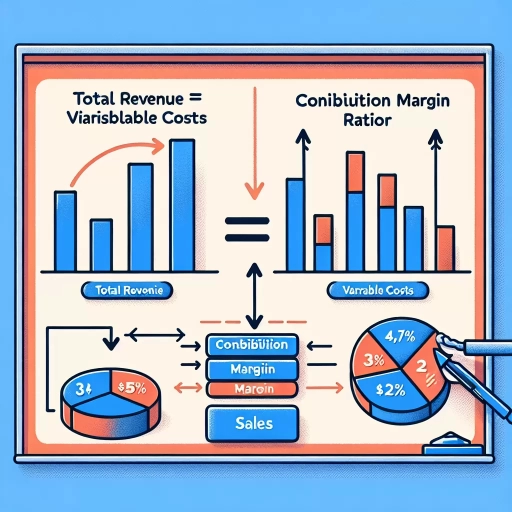How To Calculate Contribution Margin

1. Understanding Contribution Margin: Definition and Importance
A. Definition of Contribution Margin
The contribution margin is a key profitability and pricing metric often used by companies. In basic terms, contribution margin represents the amount of money a company has left over after subtracting the variable costs directly linked to the production of each unit. This margin can be used to cover fixed costs, and any remaining value is considered net profit. Contribution margin can be calculated both per unit and in total, providing an insightful view into business performance and profitability on various levels.
B. Importance of Contribution Margin
The importance of contribution margin lies in its ability to highlight the profitability of individual items. Determining the contribution margin helps in providing insight into which products are pulling in the most profit. Companies can then make strategic decisions based on these figures, such as investing more in high-margin products, improving efficiency in low-margin product production, or eliminating low-margin products from the product line altogether. Hence, contribution margin analysis aids companies in profitability management and strategic planning.
C. Components of Contribution Margin
The primary components of contribution margin include sales revenue, variable costs, and the number of units sold. Sales revenue refers to the total income earned from the sale of goods or services, while variable costs are the costs that vary directly with the volume of units produced such as materials, labor costs, and utilities. Dividing the difference between sales revenue and variable costs by the number of units sold yields the contribution margin per unit. Understanding these elements is pivotal to calculating contribution margin accurately.
2. Step-by-step Guide to Calculating Contribution Margin
A. Identify the relevant figures
Before you can calculate the contribution margin, you'll need to identify your sales revenue, variable costs, and the number of units sold. Make sure to only take into account costs that vary directly with production quantity. Fixed costs, like rent or salaries, should not be included in this calculation as they do not change with the volume of units produced. Therefore, the accuracy of the contribution margin calculation hugely depends on the accuracy of these figures.
B. Formula of Contribution Margin
Once the above figures are clarified, you can use the formula to calculate the contribution margin: (Sales Revenue – Variable Costs) / Number of Units Sold. It's vital to note that this will give you the contribution margin per unit. If you wish to calculate your total contribution margin, you will simply calculate Sales Revenue – Variable Costs, without the division. This ratio or percentage reflects the portion of each sale that helps to cover a company's fixed costs.
C. Tackling potential complications in the calculation
Calculating contribution margin can become complicated if a company offers multiple products or services that each have different prices and variable costs. In such cases, the contribution margin must be calculated for each product separately. Another potential complication arises if the company's cost structure changes regularly – this means you must recalculate the contribution margin accordingly. Despite these challenges, accurate calculation and regular monitoring of contribution margin are crucial for business profitability.
3. Utilizing Contribution Margin in Business Strategy
A. Contribution Margin in Pricing Strategies
Understanding the contribution margin can aid significantly in formulating pricing strategies. Companies can ensure their product prices are not only covering the variable costs but also contributing sufficiently towards fixed costs and profit targets. Should the contribution margin of a product be low or negative, it might be necessary to revise pricing strategies to increase the product's profitability.
B. Contribution Margin in Product Management
Contribution margins serve as an effective tool in product management. High contribution margin products may warrant higher production, increased marketing, or scaling production. Conversely, low contribution margin products may need to be restructured, discounted, or discontinued. Thus, analyzing the contribution margin can help firms make informed decisions regarding product lifecycle management.
C. Contribution Margin in Cost Controlling
Cost controlling is another area where contribution margin analysis proves vital. Rising variable costs will decrease the contribution margin, which might not be immediately apparent from solely studying sales revenue. Regular calculation and analysis of contribution margin can quickly highlight areas of cost increases and help the management control costs proactively.